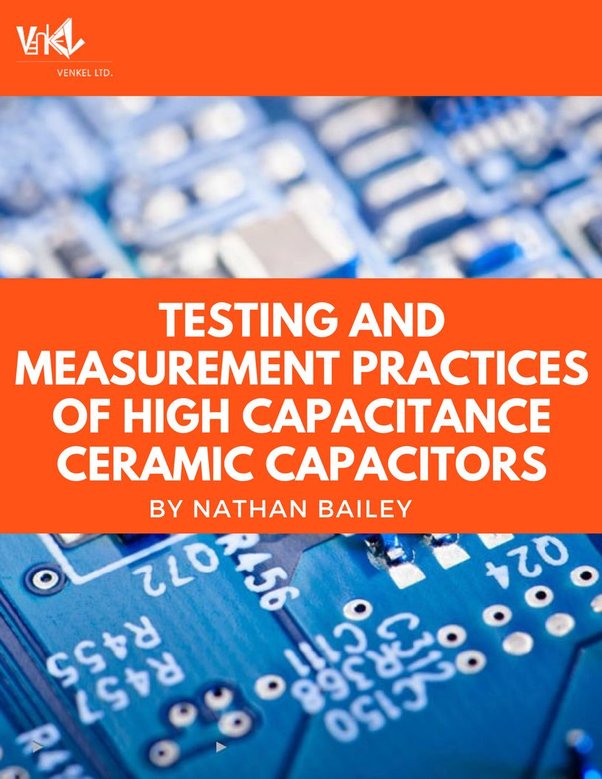Testing and Measurement Practices of High Capacitance Ceramic Capacitors
A perpetual problem in the electronic industry is the inability to measure High Value Multilayer Ceramic Capacitors. Unfortunately, these inaccurate readings are due to the testing equipment's capabilities. By illuminating the limitations of your testing equipment and offering a solution, we hope to help eliminate inaccurate readings in ICT or incoming inspection.
CONTENTS
CHAPTER 1: What's the Issue?
CHAPTER 2 : Effective Measurement Frequency and Voltage
CHAPTER 3 : Measurement Summary
CHAPTER 4: Additional Factors Concerning Class 2 Ceramic Dielectrics in MLCCs and How it Affects Their Behavior
CHAPTER 5: Additional Considerations Regarding Formulated BaTiO3
CHAPTER 6: Hysteresis Loops- Polarization, Electric Field Effects and Applications
Conclusion
FIGURES INCLUDED
- Required Current to Drive a Test Voltage
- Crystallographic Transformations of Pure BaTiO3 vs. Temperature
- EIA Class 2 Dielectric Classification Chart
- Temperature Envelope for Common EIA Dielectric Designations
- DC Volatge vs. Capacitance
- Typical Capacitance Change vs. AC Voltage for a 6.3V rated MLCC
